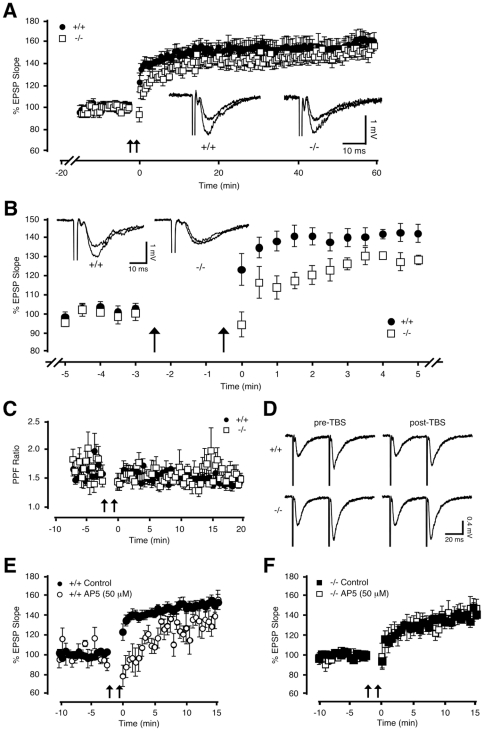Figure 2. NMDA receptor-mediated short-term plasticity (STP) is impaired in adult NesCreIrs2KO mice.
A: High-intensity theta burst stimulation (H-TBS) was applied to Schaffer collateral-commissural fibres following at least 15 minutes of stable baseline recording of synaptic activity in slices from 5–10 month old mice that had previously undergone behavioural training. In the absence of GABA receptor inhibitors, H-TBS induced robust long-term potentiation (LTP) of similar magnitude in both control (+/+; 160±7%, N = 7, n = 10) and NesCreIrs2KO mice (−/−; 152±6%, N = 5, n = 7), when measured 60 min following induction. Recordings made following H-TBS commence at time 0. B: Graph illustrates the same data as in A, but on an expanded time scale. The STP measured 2 min following H-TBS was significantly reduced in adult NesCreIrs2KO mice (−/−; average EPSP slope change: 110±5%, N = 5, n = 7) compared with that recorded from littermate controls (+/+; average EPSP slope change: 134±6%, N = 7, n = 10, p<0.01) during the same post-stimulus period. Insets illustrate typical EPSP traces (average of 4 consecutive sweeps) recorded immediately prior to, and either 60 min (A) or 2 min (B) following H-TBS in either control (+/+) or NesCreIrs2KO (−/−) mice. C: No significant change in paired-pulse facilitation (PPF) was observed following H-TBS in either control (pre H-TBS: 1.7±0.1; post H-TBS: 1.6±0.1; N = 5, n = 6) or NesCreIrs2KO mice (pre H-TBS: 1.6±0.2; post H-TBS: 1.5±0.1; N = 4, n = 5). Similarly, during the 2 min immediately following H-TBS, there was no significant difference in PPF between genotypes (+/+: 1.6±0.1; −/−: 1.5±0.1). D: Representative PPF traces (average of 4 consecutive sweeps) taken from single experiments carried out on a control (+/+) and NesCreIrs2KO (−/−) slice. EPSP traces are averages of 2 min recording immediately prior to, and following H-TBS. E: In the presence of the NMDA receptor antagonist DL-AP5 (50 µM), STP, measured 2 min following H-TBS, was significantly impaired in control mice (+/+ AP5; average EPSP slope change: 89±10%, N = 3, n = 5) compared with values obtained in the absence of DL-AP5 (+/+ control; average EPSP slope change: 134±6%, N = 7, n = 10, p<0.01). F: DL-AP5 had no significant effect on STP in NesCreIrs2KO mice (−/−) (−/− AP5; average EPSP slope change: 111±12%, N = 3, n = 5), compared with STP values obtained in the absence of DL-AP5 (−/− control; average EPSP slope change: 110±4%, N = 5, n = 6). Arrows indicate application of H-TBS.

